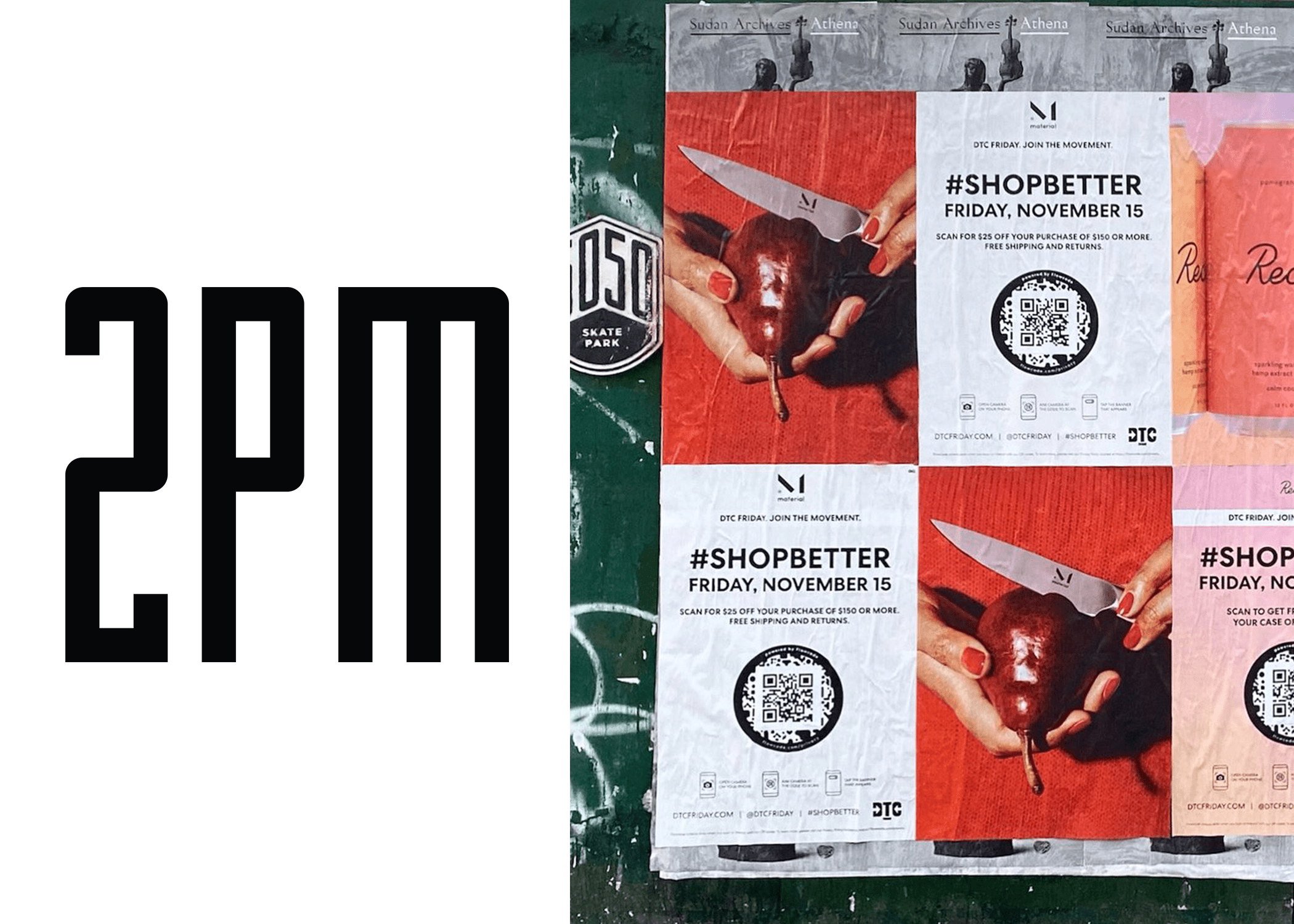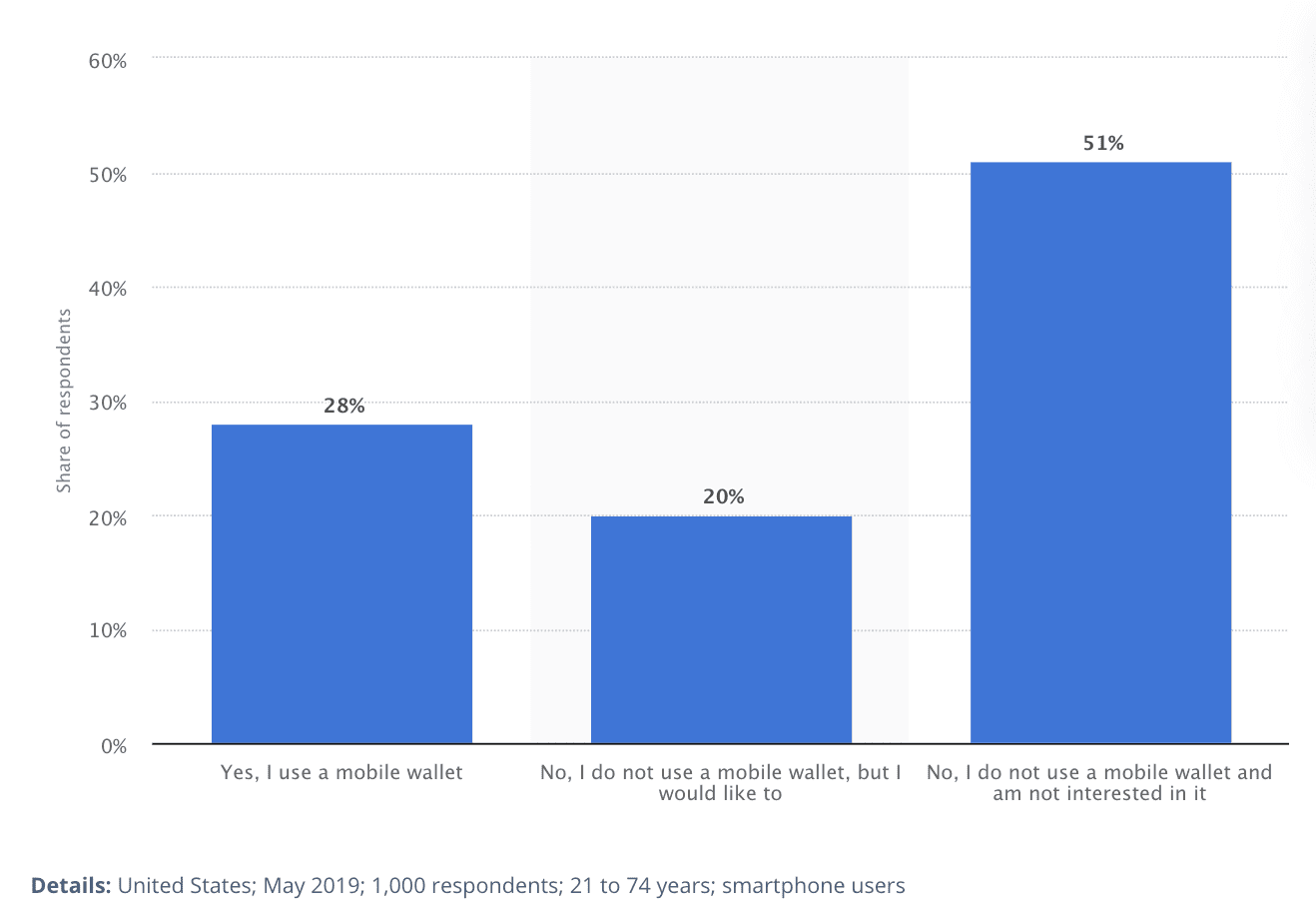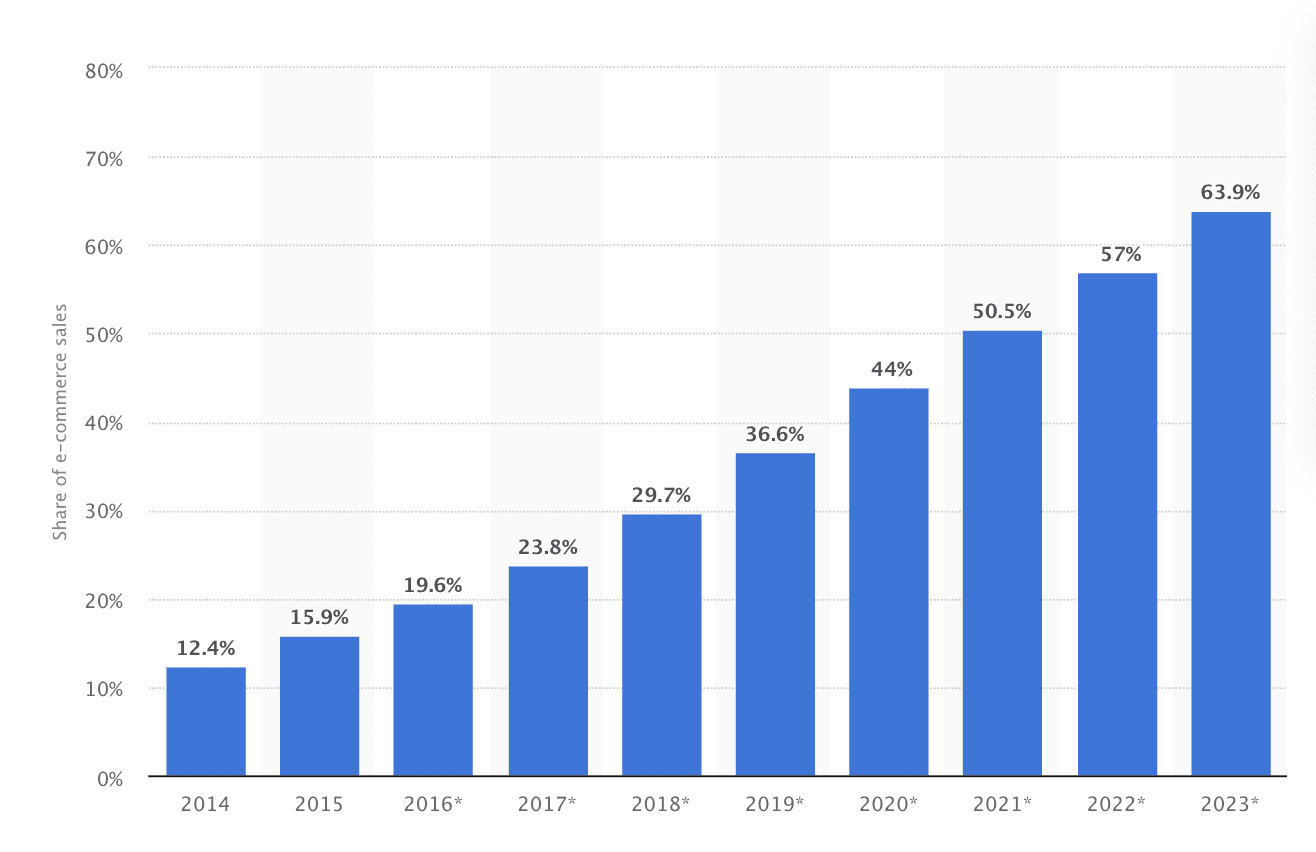第339回:ティム・アームストロングの弁護について

ティム・アームストロングは間違っていない。 DTXカンパニーの「DTX」とは、「Direct to Everything」の略で、このファンドは、オンライン小売の時代に、ことわざのような火種を提供したいと考えている。元Oath社のCEOであったティム・アームストロングは、次のようなミッションステートメントを掲げて、最新のベンチャー企業の立ち上げを発表した。
私たちは、ダイレクトブランド経済のリーダーとなる、ミッションを持った創業者に投資しています。私たちは、体験を創造し、プラットフォームを設計し、創業者や人材に投資することで、ダイレクトブランド経済のインフラを構築しています。[1]
DTXは、ベンチャーファンドであると同時に、DTCブランドのアンプでもあります。このファンドは、影響力のあるミレニアル世代のDTC消費者へのアピールに焦点を当てた投資テーゼで、すでに6つの定評のあるデジタルネイティブに投資しています。影響力の重要性については、最後にまた触れたいと思います。
11月6日、彼が経営するDTXカンパニーは、120のダイレクト・ツー・コンシューマー・ブランドに連絡を取り、最新のマンメイド・リテール・イベントである 第1回「DTCフライデー 」の公式パートナーとしてDTXに参加するよう呼びかけました。アームストロング氏は、ジャック・マー氏やジェフ・ベゾス氏と同様に、このイベントに参加しました。1日だけのイベントには、DTXのポートフォリオ企業に加え、アームストロングが採用した110社ほどの企業が参加しました。そのわずか7日後には、その日の開催が発表され、翌週の金曜日には、 Oathの 前CEOが CNBCに出演して、デジタルネイティブなブランドに対するビジョンを説明しました。
それは、[FAANG]プラットフォームの代替となるものです。[私たちは、すべてをエッジに移したいのです。
DTXが1億5000万人の潜在的な消費者に広告を出すという、シンプルな約束でした。 しかし、多くのブランドパートナーにとってはうまくいきませんでした。Tortuga backpacksのFred Perrotta氏が報告してくれました。
太平洋時間午前10時現在、dtcfriday.comには14人のビジターが訪れていますが、これはDuck Duck Goとほぼ同じ数です。Bitcoin Black Fridayがまだ活動していた頃は、もっと良い結果が出ていました。
Enquireは、共同設立者兼CEOのMatt Bahr氏が率いるSaaS企業で、何百ものShopifyストアのアトリビューション調査を支援しています。Bahr氏のプラットフォームは、DTX Companyと提携した120のブランドのうち、15のブランドと連携しています。これらのブランドは、DTX Companyの取り組みに起因する10件の売上を獲得しました。
私たちは、DTCフライデーが提携しているブランドの匿名アンケート回答とUTMパラメータデータを分析しました。いくつかのブランドはDTC Fridayのウェブサイトで紹介されていましたが、キャンペーンに起因する注文は10数件にも満たないことがわかりました。消費者向けのブランドとの仕事の経験からすると、これはあまり驚くことではありません。このような短期間でコンバージョンを獲得するには、一面的なメディアアプローチは一般的に効果的ではありません。
AdWeek誌の「ブランディング界の若手インフルエンサー」29人の一人であるNik Sharma氏も、DTXが紹介するブランドの一部を担当しています。彼の言葉を借りれば"波及効果のあったブランドはありませんでした。"しかし、ポジティブなフィードバックもありました。アンディ の創業者であるメラニー・トラヴィスによると、「(DTX社からは)まだ数字を出さないように言われていましたが、初期の結果には間違いなく興奮しています」とのこと。Google Trendsによると、Andie Swimの検索関心度は、DTC Fridayには7日ぶりの低さでした。
DTXカンパニーの軌跡を追っている人には、懐疑的な意見があふれています。アームストロングのチームの構成については、これまでも触れてきた。29人の社員のうち、デジタルネイティブなブランドの創業者経験者はゼロ。DTCの顧客獲得に革命を起こすことを使命とする会社の壁の中には、実践的な経験がほとんどありません。あるブランドを桁違いの評価額と出口に導いてきた本能は、ほとんどありません。
一方、Awayの競合会社であるリモワは、DTC時代に備えて、LVMHは元Radenの創業者であるジョシュ・ウダシュキンを、彼のラゲージブランドが閉鎖された直後に採用した。彼の実践的な経験は、2年以上にわたってリモワの戦術的な決定に役立っている。Lean Luxe の創業者であるポール・マンフォードがこのような辛辣なコメントをしたのは、このような実務経験の不足が原因であると考えられます。
聞くところによると、金曜日のDTCは大失敗だったそうです。私はショックを受けましたか?いや、これが来ると聞いたときはゾッとしたし、確かにDNVBの空間の精神にはそぐわないと思う。これを新たな祝日とすることで、DNVBにとってのブラックフライデーのような大規模なイベントに即座になると考えるのは、思い上がりも甚だしいように思いますが、それだけでは動機になりません。
今、この空間のための集中的な市場が必要とされていることを理解しています。そして、DTC Fridayはその役割を果たすためのものだったと思っています。しかし、実行が伴わず、開始時にはまとまった努力が見られず、参加した人々からは相反する意見が聞かれました。
私の予想では、それは失敗ではありませんでした。多くのブランド運営者からのフィードバックが悪かったにもかかわらず、DTCフライデーはその目的を果たしたと思われる。ティム・アームストロングは間違っているのではなく、早いのです。DTCフライデー2019を開始したDTXの取り組みは、広告ブランドを優先するためのものではなかった。その目的は、数年前に米国で却下されたQRコードのコンセプトを高度にリブランドしたとされる「Flowcode」の広告だった。小売店の休日のテレビ広告、街頭ポスター、インフルエンサーのホワイトリスト化の取り組みのそれぞれの主役は、水着でも、テクニカルファブリックの紳士服でも、子供服でも、リラックスできる飲み物でもありませんでした。また、主役は創業者たちでもありませんでした。
いずれの場合も、各広告で最も目立つプロパティはアームストロング社の「フローコード」であり、ビジュアルマーケティングをオンラインプロパティにリンクさせるための簡単な方法でした。DTXは、その広告投資において差別的であった。いくつかのブランドはほとんど、あるいはまったく効果がなかったが、一部のブランドは特別な扱いを受けたと私が結論づける証拠がある。そして、彼らはそこから利益を得たのです。アンディの沈黙の要求は、このような背景があれば、より意味のあるものになります。
アームストロングが「Rockets of Awesome」に費やした費用の目安:35,000ドル
アームストロングがアンディに費やした推定金額:45,000ドル
アームストロングがローヌに費やした金額の目安:27,000ドル
アームストロング社のRecessへの支出予定額:65,000ドル
フローコード、QR文化、ネット通販の普及率

コマースは民主化され、フェイスブックやグーグルなどのプラットフォームのおかげで、注目は集中化されています。Loop Returns社の社長兼COOによると。
注目が分散することで、ブランドは消費者とのDTCコミュニケーション・チャンネルを構築する機会を得ることができます。DTXとFlowcodeは、このジャンルの初期の実験のように見えます。正しくない(であろう)かもしれませんが、彼らが間違っているということではありません。
ティム・アームストロングがコメント(下記)を出したとき、多くの人に誤解されたことは言及しておくべきでしょう。
ソーシャル、検索、YouTube、そしてそれらの広告フォーマットの流通構造により、これらの企業は製品カタログのすべてを消費者の目の前に直接置くことができます。決済の分野も、現在は複雑ですが、これからは非常に簡単になるでしょう。また、現在構築されているシステムにより、企業は消費者とリアルタイムで直接的な関係を築くことができます。
アームストロングは、メディアや商取引に対するFAANGの影響力を著しく軽視しており、その事実はDTXとの仕事に関するサウンドバイトや記事にも表れています。彼のソリューションは確かなものですが、まだ早いのです。Apple Pay、Android Pay、Square Cash、Venmo、Amazon Goの登場、その他のデジタルファーストなソリューションの拡大など、北米の決済システムは大幅に改善されていますが、米国は中国やアジア諸国に比べてまだまだ遅れています。

遅れている指標であるEコマースは、米国では小売全体の12%という低水準にとどまっています。これに対し、中国では39%に達しています。この2つの普及率の主な違いは、おサイフケータイの普及率にあると考えられます。中国では、ほぼすべての国民が日常生活の中でモバイル決済を利用しています。中国では、WeChat PayやAliPayが普及しており、旅行者にとっては、これなしでは取引ができないほどです。
アリペイでは、先週、海外のカードを使ってお金をプリペイドカードにチャージする前に、パスポートとビザの情報をアリペイに提出するという7段階のプロセスを導入したため、旅行者はより幸運に恵まれました。[2]
そして、なぜそのデータが重要なのかを説明します。マーケターにとって、オフラインからオンラインへのアトリビューションは難しいものでした。米国では、オフラインでのアトリビューションは、ビルボード、パンフレット、メーラー、物理的なアクティベーションなどで行われています。ブランドはアンケートを実施したり、アトリビューションデータを求めたりします。しかし、中国では、QRコードが売上とアトリビューションを大規模に促進しています。[中国から米国への小売業のイノベーションの流れを考えると、アームストロングが決済が「簡単になる」と言っているのは、おサイフケータイや合理的な決済システムの導入を想定していることがよくわかります。なぜか?これらのシステムの普及は、中国でのQRコード利用の大量導入と相関していました。
この10年の初めには、中国のほとんどの人々はまだ現金を持ち歩いており、クレジットカードは大都市以外ではほとんど使われていませんでした。しかし、人々がより多くの収入を得るようになると、札束を持たずに支払いをする新しい方法が必要になってきました。[3]
DTCフライデーは、一般的には成功した販売日ではなかったかもしれませんが、ほんの数年前にはアメリカで笑われていたコンセプトを、人気ブランドを採用して販売するという効果的な方法でした。
アメリカには、アームストロングが思い描く未来を阻む壁があります。アメリカは小売業が盛んです。一人当たりの実店舗数は、地球上のどこよりも多いのです。不動産開発産業が普及しているため、実店舗がEコマースの最大の障害になっています。モバイル決済を導入する可能性は低く、ほとんどの実店舗でデビットカードが使えるようになってからも、その傾向は続いています。
つまり、デジタル・ネイティブ・ブランドは、従来の小売業者の手法を利用して規模を拡大するのが最善だということです。しかし、アームストロングの仮説はいずれ正しいことが証明されるでしょう。この消費者行動の変化の功績を称えるのがDTXカンパニーであるかどうかは、時間が解決してくれるでしょう。 イノベーションの普及曲線は、アームストロングに有利ではない。DTX社と、Andie、Recess、Rockets of Awesome、RhoneのようなDTC忠実者のバンドが、精通したミレニアル世代に買い物行動を変えるように説得するかどうかにかかっているのだ。そうでなければ、アームストロングのFlowcodeは、他のイノベーターのDoorDashやUberEatsに対するWebvanになるかもしれない。誰が販売の手柄を立てるかは、時間と採用速度によって決まります。そしてそれは、アームストロングでさえも解決できないアトリビューションの問題かもしれない。
Web Smithによるリサーチとレポート|約2PM
第329回:DTCのMLM化について

On Mavely and the unspoken opportunity ahead for the DTC industry. When Greats Brand was reportedly acquired by Steve Madden after their most recent year that saw $13 million in earnings, it was a shock to many in the industry. Revenues seemed lower than what many expected but inline with the realties of buildng an omnichannel brand with an often-costly means of customer acquisition. It’s likely that profitability was an issue. This begs the question, how would things have been different if Greats’ customer acquisition model was one built on profitability and value? The venture-dependent, high growth model may elevate a select few brands in the ecosystem but it seems to be depressing the exit optionality of the majority of them.
Percentage of ad spend is a fine tool for aligning incentives. The problem is not with tested and vetted agencies. It’s with bad ones using it to pad income before providing value.
Founded by Ryan Babenzien, Greats was considered a well-respected, independent shoe company with great propects to become a brand as promising as Allbirds. Babenzien’s marketing team had command over several types of outreach. Greats employed several methods to include performance marketing, direct mail, strategic partnerships, and even text-based promotion. But in the end, the brand never achieved profitability. It was a stark reminder that we may be turning a corner in the DTC space; there seems to be an added weight to the importance of earning profits. A rebuke of the SaaS multiple model that many tech companies can adopt to grow in value. At the intersection of growth and profitability, its the street named ‘Profitability’ that DTC brands should run along.
Greats, which still sells most of its shoes through its eCommerce site, opened a 500-square-foot location on Crosby Street last year. The brand also inked a wholesale partnership with Nordstrom and unveiled a buzzy collaboration with men’s fashion authority Nick Wooster.[1]
The company seems to have done everything right and yet, Greats reportedly sold for no more than two times the previous year’s revenues (June 30, 2018 – June 30, 2019). Greats raised $13 million in funding and sold for around a reported $26 million. It became abundantly clear that an absent path to profitability became the issue that drove the wedge. Steve Madden’s supply chain and organization will be a great fit for this reason, the company drove north of $410 million in the previous year. And they did so while maintaining profitability.
We want to build a profitable business and we’re one of the few digitally-native brands that hasn’t raised an ungodly amount of money that makes it challenging to build a profitable business and exit where everybody wins. We weren’t trying to build the company that had the biggest valuation in round one. We’re trying to build the company that had the biggest valuation at the end. [2]
The news of this acquisition served as a wakeup call for many in the direct to consumer space. What else can be done to improve the viability of DTC brands? Is an early-stage path profitability that crucial? If there is one thing that’s clear, the days of optimizing for ‘at any cost’ growth may be over. As customer acquisition costs continue to skyrocket, retail media has begun reporting on several marketing alternatives. Of them is Mavely, a relatively new platform that launched with a unique approach to reducing CAC for these brands. Mavely’s big idea: turn these DTC brands into multi-level marketing companies.
Mavely is trying to put a new spin on the multilevel-marketing model, in which companies recruit people to sell for them but which has gotten a bad rap for leading a lot of people to actually lose money. Wray said Mavely has no cost to join, no inventory requirements that consumers must maintain, and no minimum follower count that users need to recommend products. [3]
Founded by Evan Wray, Peggy O’Flaherty, and Sean O’Brien, the Chicago-based company has raised $1 million and is reportedly profitable “on a per user basis.” The app-based service has 10,000 users and currently operates as a glorified, peer-to-peer affiliate model. But while it may eventually and significantly supplement organic and paid growth for brands, that timeline is likely to be longer than Mavely would care to admit. Critical mass for this type of service means that Mavely will have to earn tens of millions of users. It will be interesting to observe whether or not Wray’s company can remain committed to growing the way that they’re preaching to their DTC partners: cost-effectively, perhaps a bit slowly, and by one customer (down-line) at a time. In the meantime, the performance marketing industry may be due for an evolution of its own.
Web Smith on Twitter
DTCブランドのオーナーの多くは、自分たちが売上の1〜1.5倍の価値を持つ会社を作っていることを理解しているとは思えません。
In a recent conversation on the merits of percentage of ad spend as a profit center for media buying agencies, agency owner David Hermann provided his perspective on how business should be pursued between DTC brands and agency partners.
This is why we do percentage of revenue tied to ROAS that’s based on their margins and what the break even point is after costs associated with our fees and expenses. Trust is key, we lay everything out before we get started so they never are in dark on anything. [4]
It presented a worthwhile question. As institutional investors continue to pour more and more venture capital into the DTC space, the approach to marketing should evolve with the volume. CAC has risen as a result of an influx of capital spent on performance marketing. This cycle has led to an unintended result; larger but largely unprofitable businesses. Perhaps the math of success or failure should be reconsidered by investors and founders, alike. What Hermann suggests is correct, agencies should consider a new model for compensation – one that emphasizes healthy contribution margins for these retailers.
Hermann went on:
[My firm is] dealing with one client’s margins right now. [We’re] helping them find a better supply chain. They needed a 2.15x margin just to break even after fees and expenses, so I am now helping on their margin-side. As I always say, media buying is just one side of the job now.
There is an opportunity for a new style of performance marketing agency. Agencies equipped with brand-side, practical expertise could build acquisition strategies around healthy margins, paving the way for percentage of profits as the key performance indicator shared between DTC brands and their agency partners. This solves several problems. Of those concerns, this model accounts for: (1) sustainability, (2) efficient paths to profitability, (3) longer-term relationships between agencies and brands, and (4) decreased dependence on institutional capital. Rather than media buyers being compensated for what they spend, agencies should consider compensation on the profits that they earn for brands.
It’s acquisition vehicles like Mavely, BrandBox, DTX Company’s Unbox, and Showfields that may influence this shift in the agency business model by providing meaningful opportunities for CAC diversification. And if so, the DTC era may finally begin to solve its profitability problem. This could be the first step towards improving valuation multiples and exit optionality for an industry in need of another feather in its cap.
レポート:Web Smith|午後2時頃

